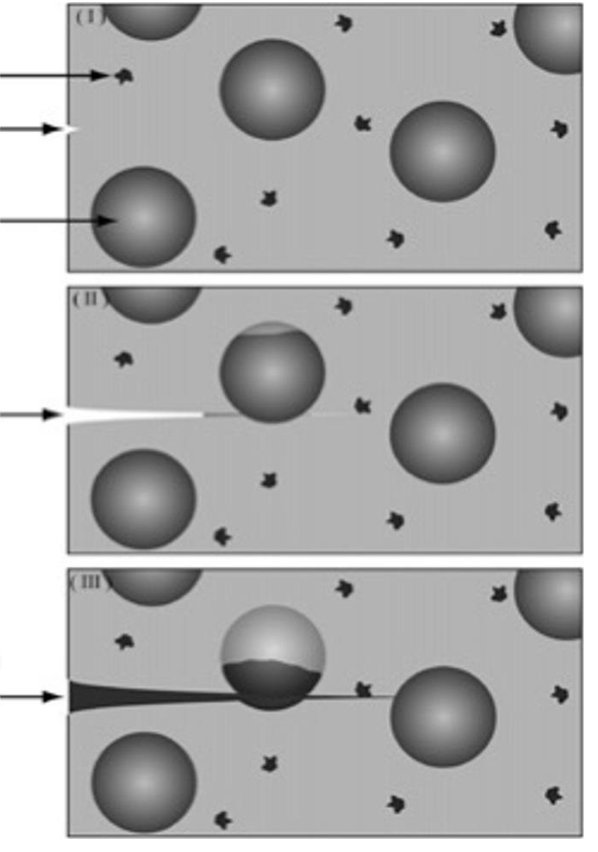CONTACT US
Microencapsulation techniques are commonly used to incorporate healing agents into self-healing epoxy adhesives. These techniques involve encapsulating the healing agents within microcapsules, which are then dispersed within the epoxy matrix. When damage occurs, the capsules rupture, releasing the healing agents into the damaged area, where they react and restore the adhesive's strength and functionality.
There are several microencapsulation techniques that can be utilized for self-healing epoxy adhesives. Some of the commonly employed techniques include:
1. Coacervation: Coacervation involves the separation of a liquid healing agent from a polymer solution, resulting in the formation of a liquid-core capsule surrounded by a polymer shell. This process can be achieved through phase separation or by chemical reactions, such as complexation or polymerization.
2. Interfacial polymerization: Interfacial polymerization involves the reaction between monomers or prepolymers at the interface of two immiscible phases, typically an aqueous phase and an organic phase. This technique can produce capsules with a polymeric shell and a liquid or solid healing agent core.
3. Solvent evaporation: In this technique, a healing agent dissolved in a volatile solvent is dispersed into an epoxy solution. The solvent is then evaporated, leaving behind solid healing agent particles encapsulated within polymer shells. This method is suitable for encapsulating solid or low-viscosity healing agents.
4. Emulsion and suspension polymerization: Emulsion and suspension polymerization techniques involve the dispersion of monomers or prepolymers in an aqueous or non-aqueous medium to form small droplets. Polymerization is then initiated to solidify the droplets and form microcapsules encapsulating the healing agents.
5. Spray drying: Spray drying is a technique in which a solution or dispersion containing the healing agent and a protective shell-forming material is atomized into fine droplets and then dried. The resulting powder consists of microcapsules containing the healing agent within a polymer shell.

It is important to consider parameters such as capsule size, wall thickness, and mechanical properties when selecting a microencapsulation technique. By optimizing the microencapsulation process, the release and distribution of healing agents can be controlled, improving the self-healing performance of epoxy adhesives.